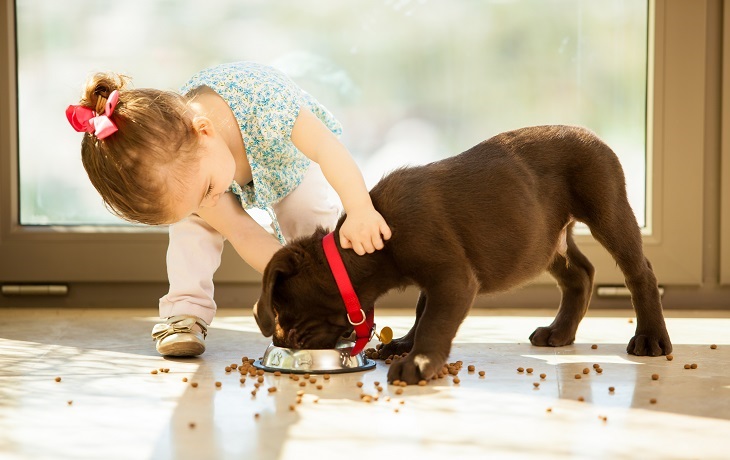Nutritional Deficiencies
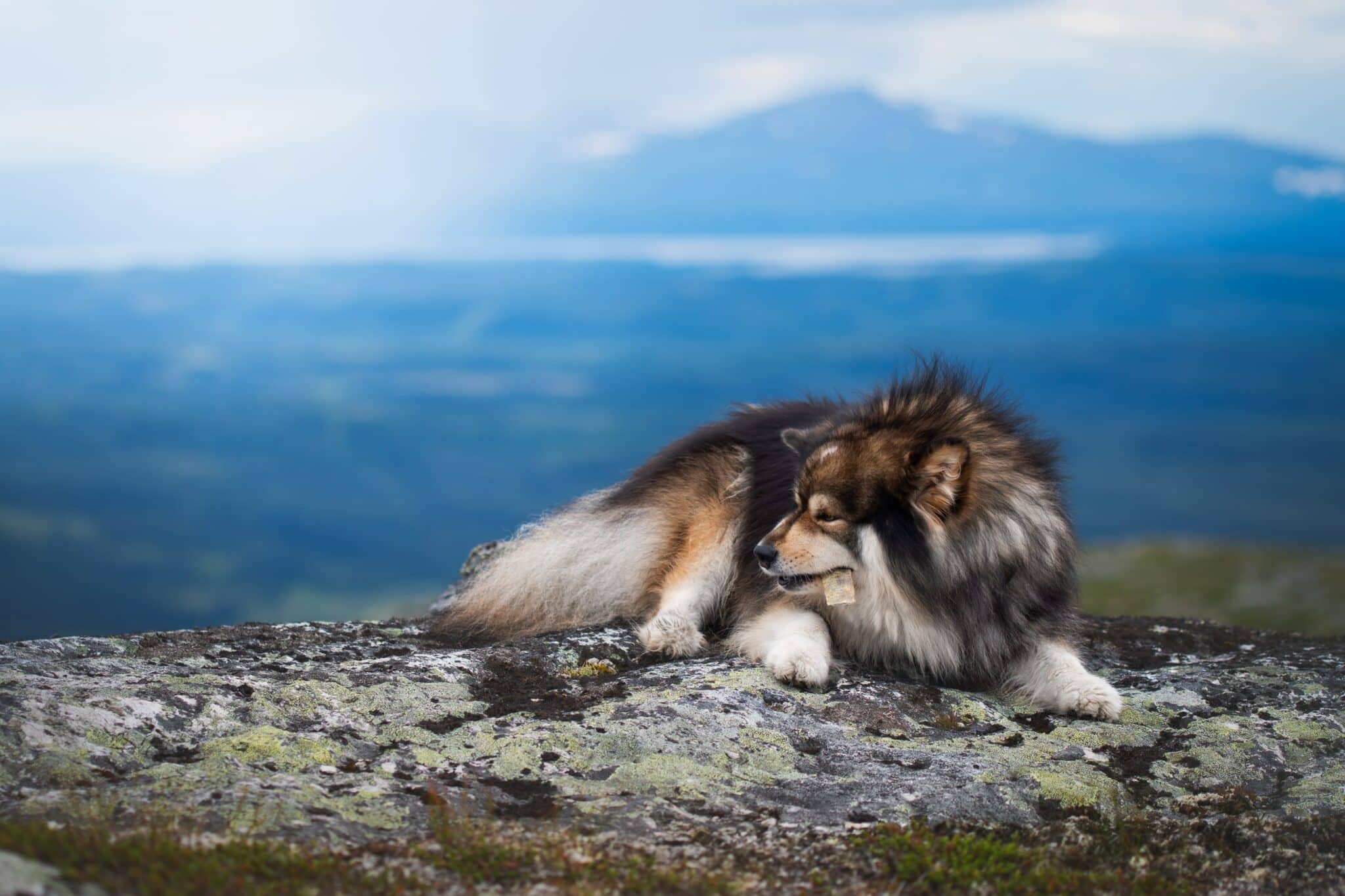
One common reason dogs may consume non-food items is due to nutritional deficiencies. When a dog’s diet lacks essential vitamins, minerals, or other nutrients, they may seek them elsewhere—even in inedible items. Minerals in rocks and soil, such as iron or magnesium, can attract deficient dogs. For example, iron deficiency, known as anemia, can drive a dog to eat dirt or rocks to compensate for low mineral levels. Adding supplements or switching to a nutrient-rich diet may alleviate this tendency, but a veterinarian can best advise on specific nutritional needs.
Anxiety and Stress Relief
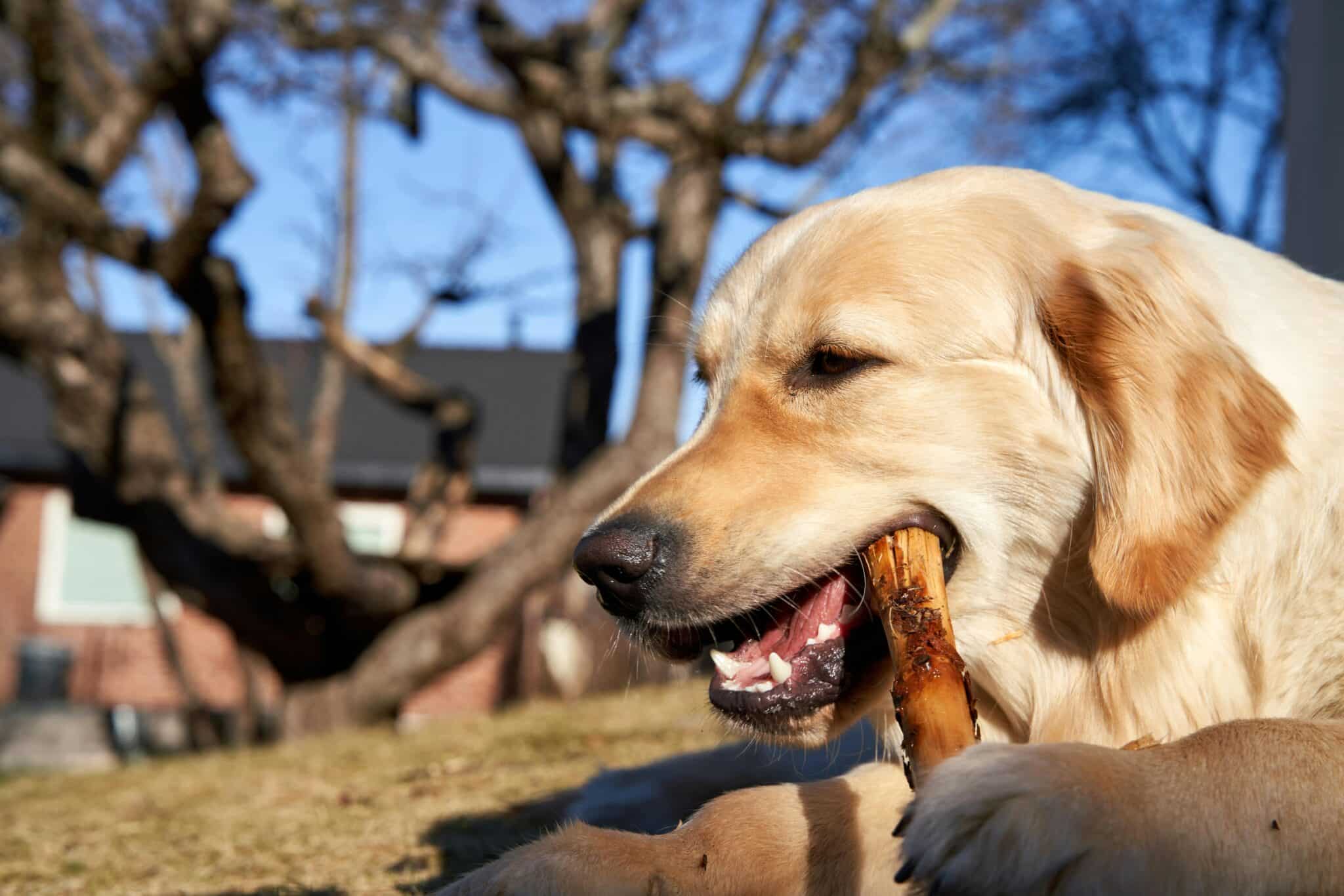
Dogs, much like humans, can develop habits as a way to cope with stress. Chewing and eating non-food items can become a comforting behavior for anxious dogs, especially if they are frequently left alone or exposed to stressful situations. Known as “displacement behavior,” this is a coping method where dogs channel their anxiety into repetitive actions, including eating rocks or other objects. Recognizing and addressing sources of anxiety—such as providing a stable routine, creating a quiet environment, or using calming supplements—can help dogs feel more secure and reduce these behaviors.
Medical Conditions
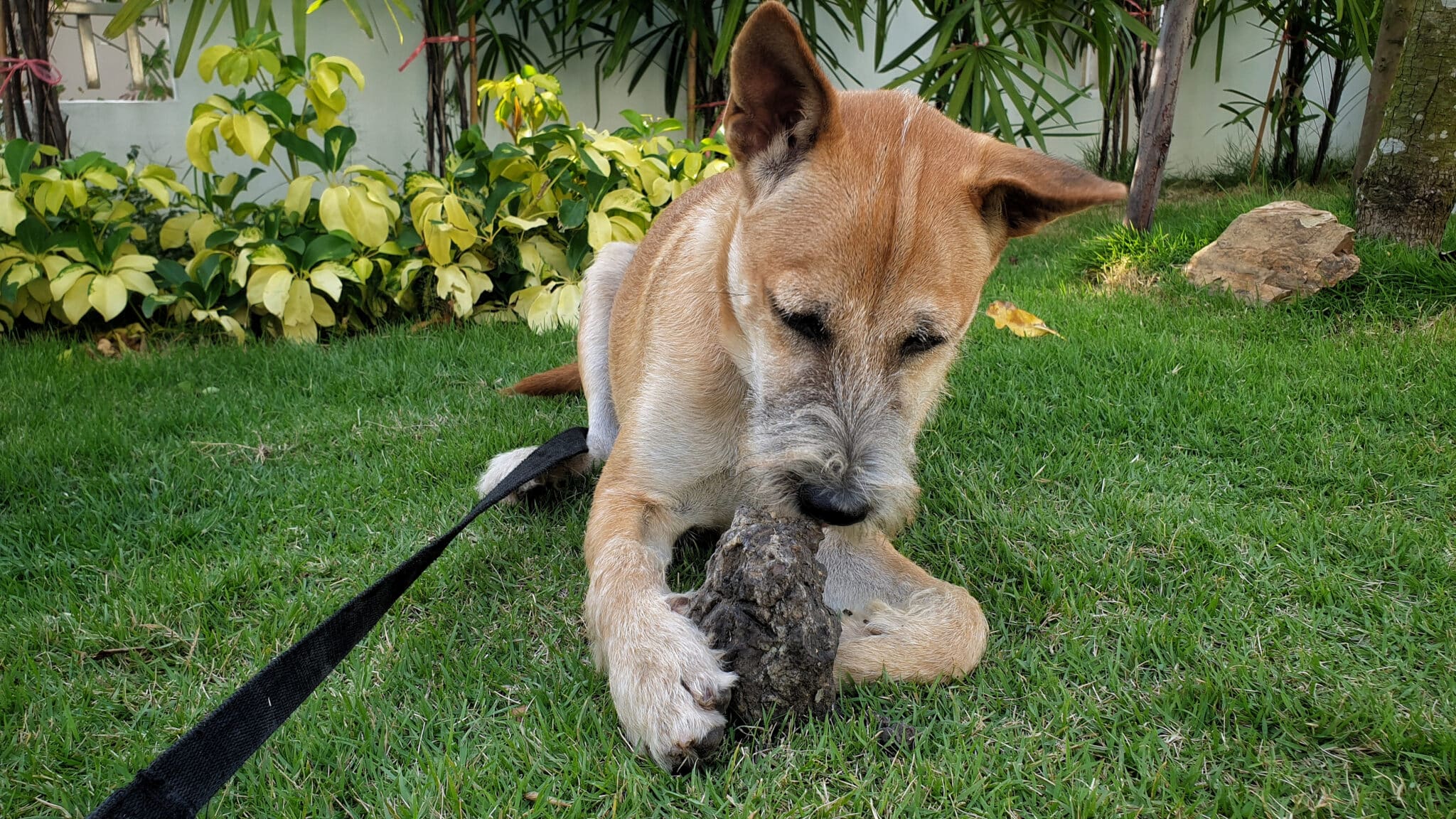
Pica in dogs, the urge to eat non-food items, is sometimes rooted in medical conditions. Conditions such as diabetes, thyroid imbalances, and gastrointestinal diseases can lead to pica. For example, gastrointestinal issues may prompt a dog to eat grass or other rough materials to induce vomiting and ease discomfort. When pica seems intense or habitual, a thorough vet examination can identify any underlying conditions contributing to this behavior. Treating the health issue often alleviates the pica, allowing the dog to resume normal eating habits.
Teething in Puppies
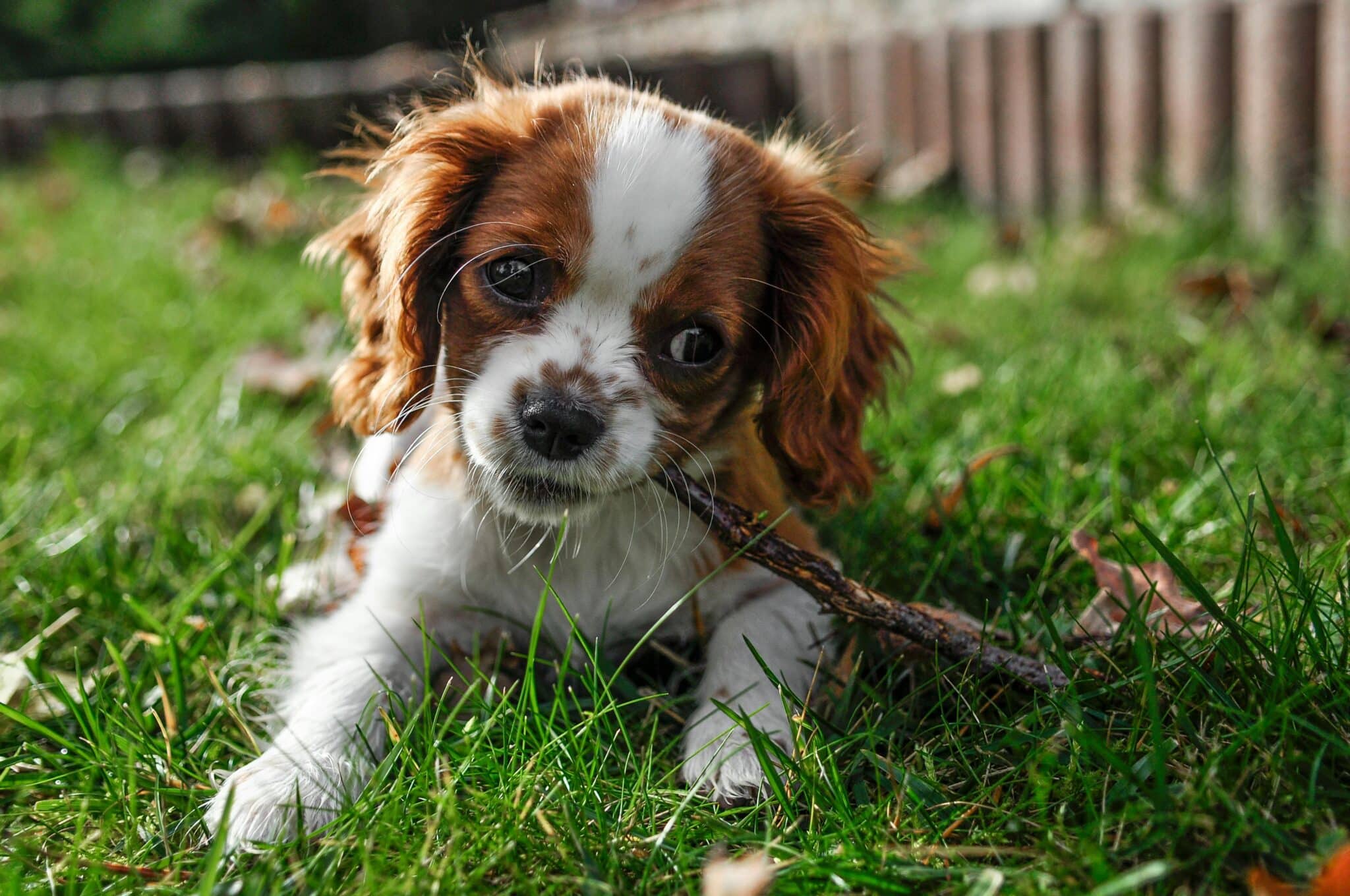
Puppies often chew on anything they can find when they’re teething, including rocks or non-food items. This behavior is a way to relieve the discomfort caused by their new teeth emerging through the gums. While teething is natural, puppies require guidance to ensure they’re chewing on safe, appropriate items. Chew toys can redirect their attention away from rocks and other potentially dangerous objects. Supervision and training are essential during this stage to avoid developing bad habits that could persist into adulthood.
Curiosity and Boredom

Sometimes, dogs eat rocks or other non-food items simply out of boredom. Dogs are naturally curious; if they lack stimulation, they may explore their environment in less-than-ideal ways. Rocks, sticks, or household items can serve as makeshift “toys” to entertain a bored dog. Ensuring your dog has plenty of physical and mental stimulation—through exercise, puzzle toys, and social interaction—can reduce boredom-related behaviors. By keeping dogs engaged, they are less likely to turn to rocks or other non-food items as entertainment.
Attention-Seeking Behavior
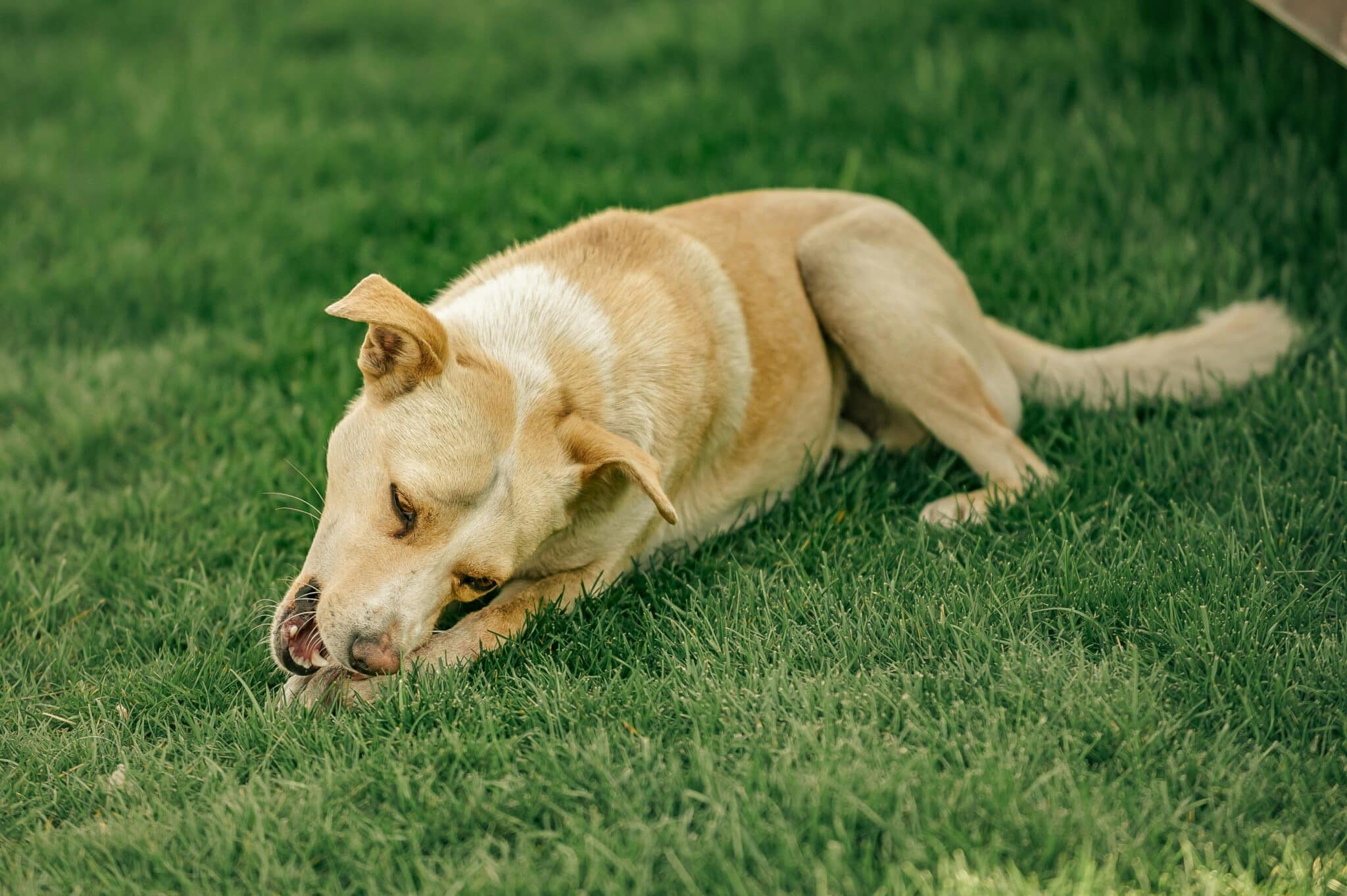
Dogs are highly social animals, and some may eat non-food items to gain attention from their owners. If a dog realizes that picking up a rock or chewing on an unusual object gets a reaction—whether positive or negative—it may continue to do so as a means of interaction. This attention-seeking behavior can be tricky to manage, as scolding can unintentionally reinforce the action. Instead, redirecting their focus to a safer activity and rewarding positive behaviors helps train dogs to seek attention through more acceptable means.
Hunger or Poor Feeding Schedules

If a dog isn’t receiving enough food or is on an irregular feeding schedule, they may turn to non-food items to fill the void. This is especially common in stray dogs or rescued from environments where food is scarce. Even well-fed dogs may feel driven by an instinct to scavenge, leading them to sample non-food items. Ensuring your dog is on a consistent feeding schedule with balanced portions can prevent them from searching for food elsewhere. If your dog’s hunger seems insatiable, it’s worth discussing dietary adjustments with a vet.
Underlying Behavioral Disorders

In some cases, eating rocks or other non-food items may be a symptom of an underlying behavioral disorder, such as obsessive-compulsive disorder (OCD). Dogs with OCD engage in repetitive behaviors as a way to soothe themselves, and pica is one of the behaviors that may manifest. Certain breeds, such as Bull Terriers and German Shepherds, are more prone to developing OCD-like symptoms. An animal behaviorist can help diagnose and manage these behaviors, possibly through training and behavior modification techniques.
Pain or Discomfort
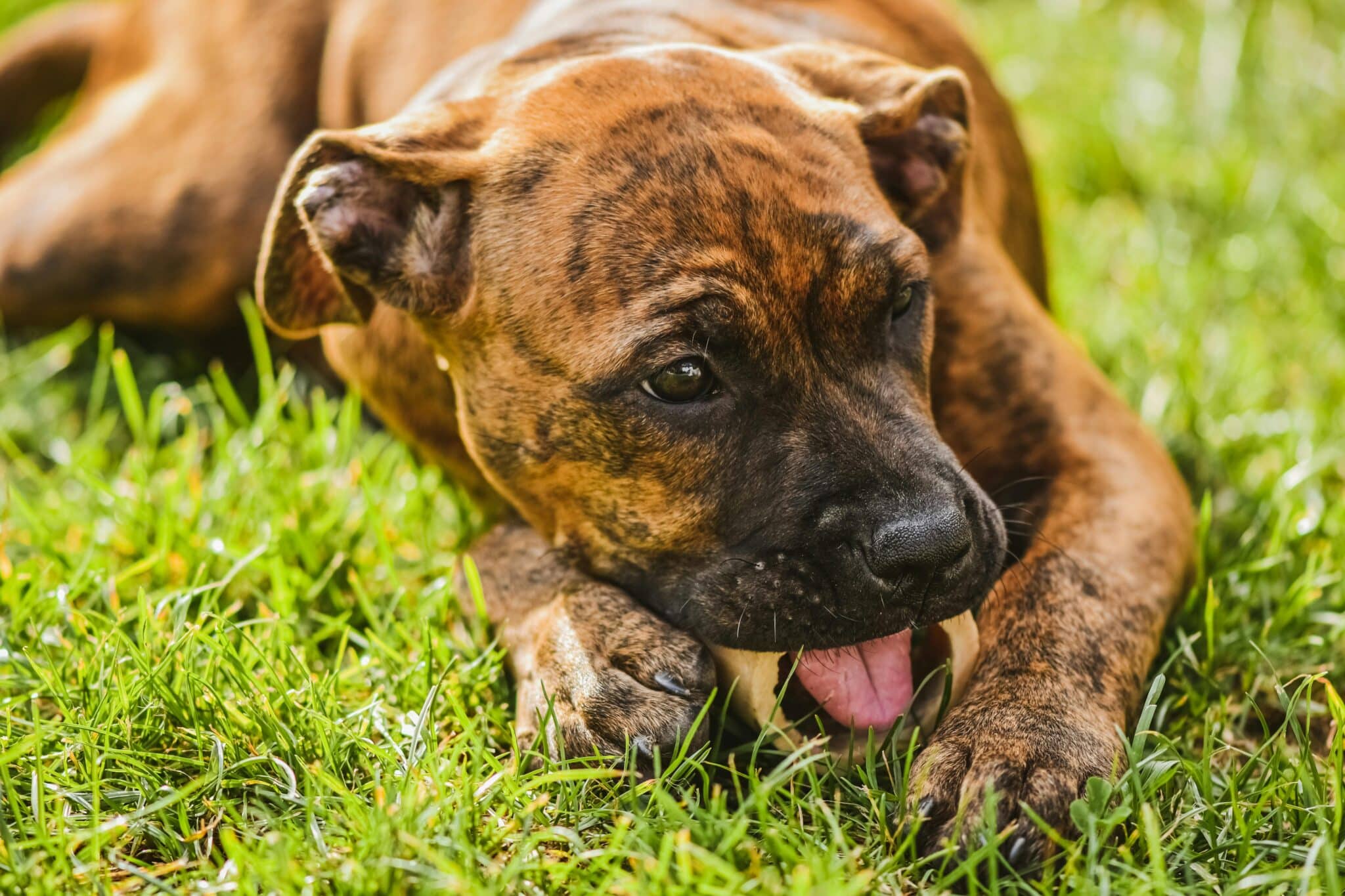
Dogs may also eat non-food items to relieve pain or discomfort, particularly in the digestive tract. When a dog experiences an upset stomach or intestinal issues, it may eat grass, dirt, or rocks to induce vomiting or alleviate discomfort. While this behavior may seem odd, it’s a natural coping mechanism. However, if the behavior is excessive, a veterinarian should evaluate the dog for possible internal issues, as self-medicating through rock consumption can lead to further complications.
Some Breeds Are More Prone to Pica

Certain dog breeds are more inclined toward pica and other unusual eating habits. For example, Labrador Retrievers and Dachshunds are known for their tendency to chew and consume unusual items. Breeds are naturally inclined to scavenge, or those with high energy levels may be more susceptible to eating rocks or other non-food items. Understanding your dog’s breed tendencies can help you anticipate and manage these behaviors. By catering to the specific needs of your dog’s breed, you can reduce the likelihood of them turning to non-food items as entertainment.
The Risks of Eating Rocks
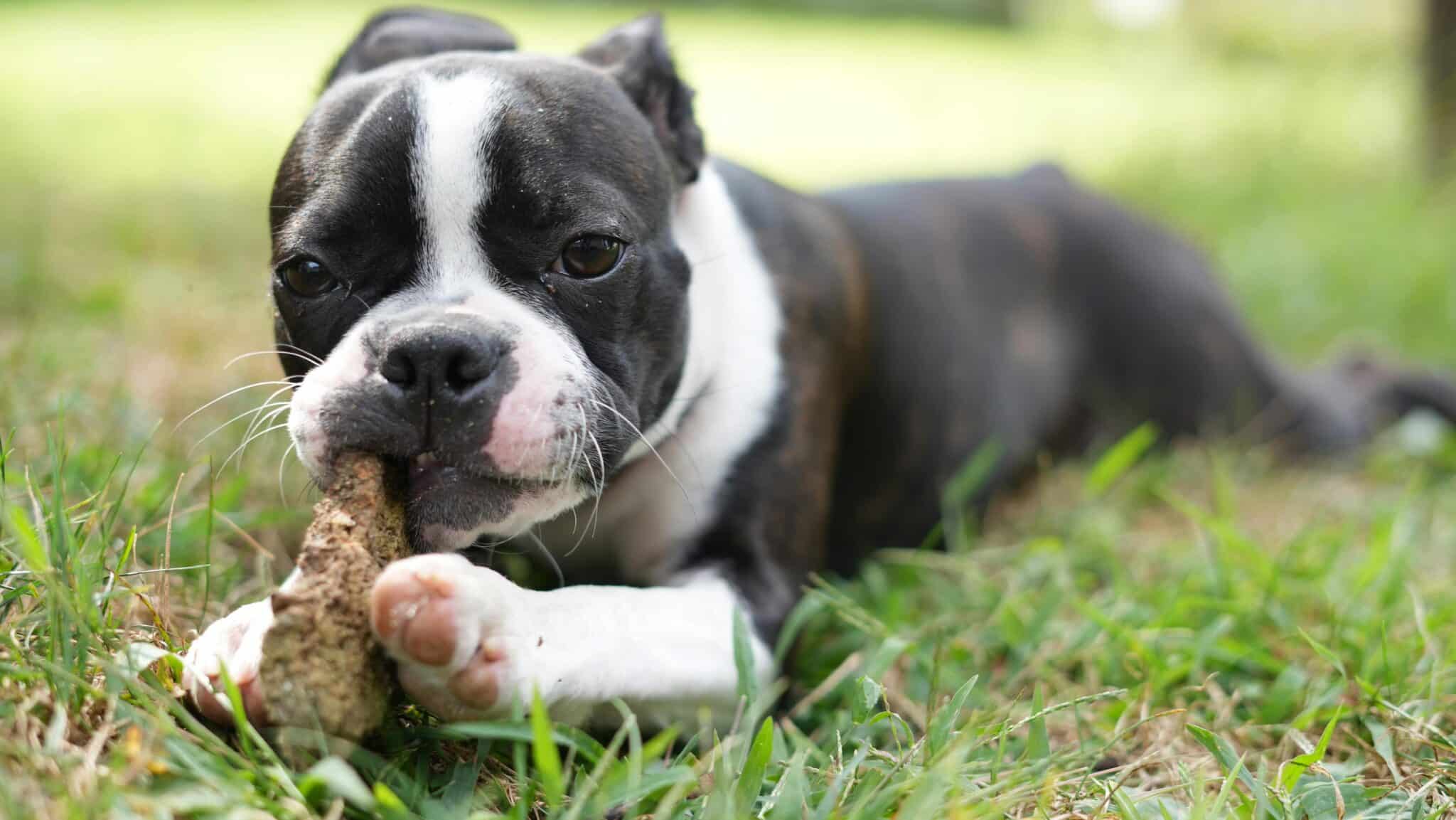
While dogs may occasionally ingest non-food items without immediate harm, eating rocks can lead to serious health issues. Rocks can cause choking, dental damage, or intestinal blockages, which may require emergency surgery. Ingesting sharp objects like glass or plastic can also injure the digestive tract. Smaller rocks can accumulate in a dog’s stomach, leading to discomfort or potentially life-threatening complications. Understanding the risks and taking preventive measures can keep your dog safe and healthy, avoiding unnecessary trips to the vet.
The Rock-Eating Riddle

Dogs eat rocks and other non-food items for various reasons, from boredom and anxiety to medical conditions and attention-seeking. Understanding the root cause of pica is key to finding effective solutions that protect your dog’s health and well-being. While the behavior can sometimes be harmless, persistent rock-eating should always be monitored and addressed to prevent potential health risks. By observing your dog’s habits, seeking professional guidance, and implementing preventive measures, you can help your furry friend avoid dangerous snacks and focus on healthier ways to satisfy their curiosity and cravings.





![9 Best Dog DNA Test Kits [2025] 9 Best Dog DNA Test Kits [2025]](https://iheartdogs.com/wp-content/uploads/2022/09/best-dna-reviews.jpg)

